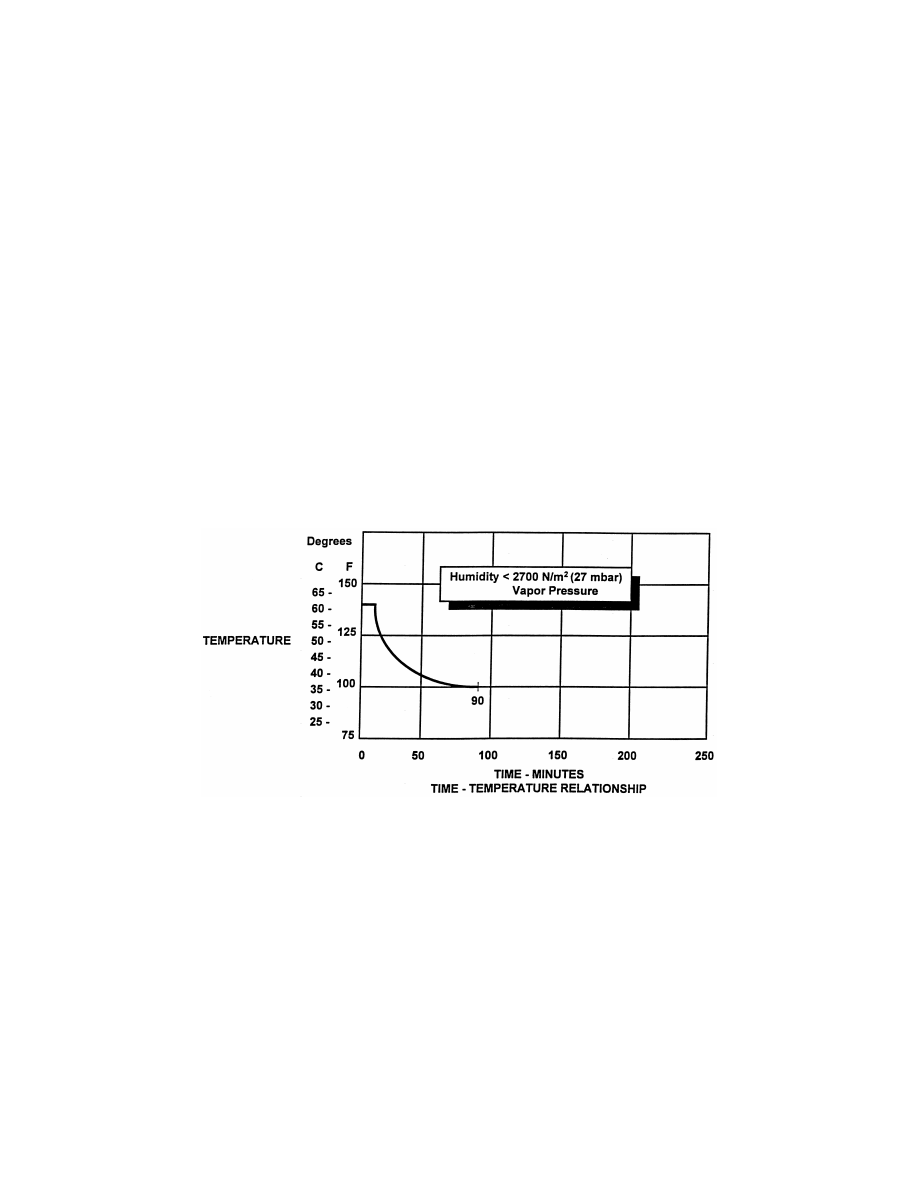
300
14 CFR Ch. I (1–1–24 Edition)
§ 25.820
following loss of normal electrical
power generating system.
(c) There must be an aural emer-
gency alarm system, audible during
normal and emergency conditions, to
enable crewmembers on the flight deck
and at each required floor level emer-
gency exit to alert occupants of each
lower deck service compartment of an
emergency situation.
(d) There must be a means, readily
detectable by occupants of each lower
deck service compartment, that indi-
cates when seat belts should be fas-
tened.
(e) If a public address system is in-
stalled in the airplane, speakers must
be provided in each lower deck service
compartment.
(f) For each occupant permitted in a
lower deck service compartment, there
must be a forward or aft facing seat
which meets the requirements of
§ 25.785(d), and must be able to with-
stand maximum flight loads when oc-
cupied.
(g) For each powered lift system in-
stalled between a lower deck service
compartment and the main deck for
the carriage of persons or equipment,
or both, the system must meet the fol-
lowing requirements:
(1) Each lift control switch outside
the lift, except emergency stop but-
tons, must be designed to prevent the
activation of the life if the lift door, or
the hatch required by paragraph (g)(3)
of this section, or both are open.
(2) An emergency stop button, that
when activated will immediately stop
the lift, must be installed within the
lift and at each entrance to the lift.
(3) There must be a hatch capable of
being used for evacuating persons from
the lift that is openable from inside
and outside the lift without tools, with
the lift in any position.
[Amdt. 25–53, 45 FR 41593, June 19, 1980; 45 FR
43154, June 26, 1980; Amdt. 25–110; 68 FR 36883,
June 19, 2003]
§ 25.820
Lavatory doors.
All lavatory doors must be designed
to preclude anyone from becoming
trapped inside the lavatory. If a lock-
ing mechanism is installed, it must be
capable of being unlocked from the
outside without the aid of special tools.
[Doc. No. 2003–14193, 69 FR 24502, May 3, 2004]
V
ENTILATION AND
H
EATING
§ 25.831
Ventilation.
(a) Under normal operating condi-
tions and in the event of any probable
failure conditions of any system which
would adversely affect the ventilating
air, the ventilation system must be de-
signed to provide a sufficient amount
of uncontaminated air to enable the
crewmembers to perform their duties
without undue discomfort or fatigue
and to provide reasonable passenger
comfort. For normal operating condi-
tions, the ventilation system must be
designed to provide each occupant with
an airflow containing at least 0.55
pounds of fresh air per minute.
(b) Crew and passenger compartment
air must be free from harmful or haz-
ardous concentrations of gases or va-
pors. In meeting this requirement, the
following apply:
(1) Carbon monoxide concentrations
in excess of 1 part in 20,000 parts of air
are considered hazardous. For test pur-
poses, any acceptable carbon monoxide
detection method may be used.
(2) Carbon dioxide concentration dur-
ing flight must be shown not to exceed
0.5 percent by volume (sea level equiva-
lent) in compartments normally occu-
pied by passengers or crewmembers.
(c) There must be provisions made to
ensure that the conditions prescribed
in paragraph (b) of this section are met
after reasonably probable failures or
malfunctioning of the ventilating,
heating, pressurization, or other sys-
tems and equipment.
(d) If accumulation of hazardous
quantities of smoke in the cockpit area
is reasonably probable, smoke evacu-
ation must be readily accomplished,
starting with full pressurization and
without depressurizing beyond safe
limits.
(e) Except as provided in paragraph
(f) of this section, means must be pro-
vided to enable the occupants of the
following compartments and areas to
control the temperature and quantity
of ventilating air supplied to their
compartment or area independently of
the temperature and quantity of air
VerDate Sep<11>2014
09:06 Jun 28, 2024
Jkt 262046
PO 00000
Frm 00310
Fmt 8010
Sfmt 8010
Y:\SGML\262046.XXX
262046
jspears on DSK121TN23PROD with CFR
